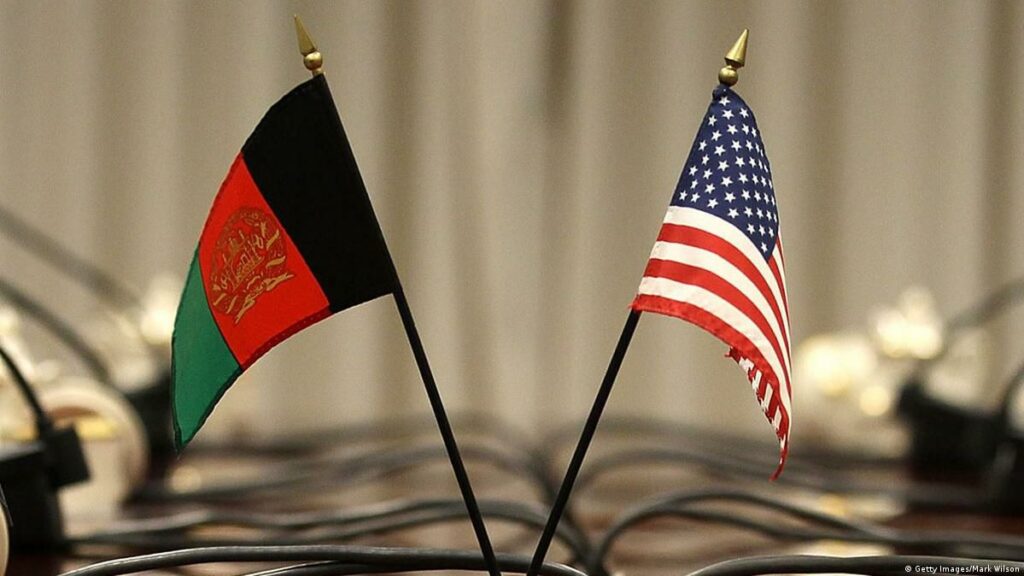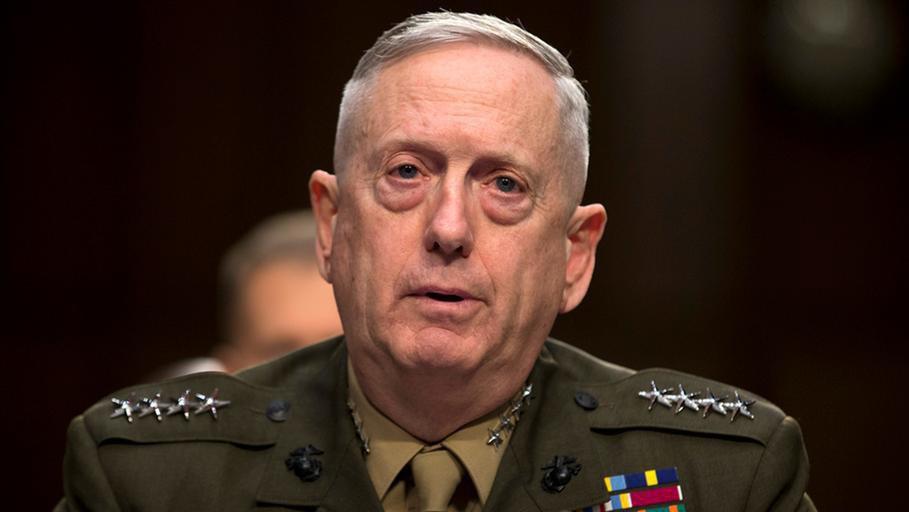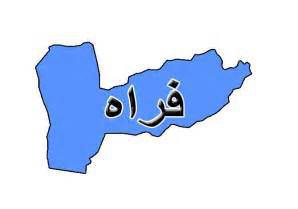Collapse of Afghan Republic — US Policy Review
The report writers believe that ‘open-ended mission in Afghanistan led America into a policy trap’ where victory in traditional sense was impossible… due to the absence of ‘a functioning civil society’, and external support (read safe havens in Pakistan) to the Taliban, making them resilient foes

A RAND Corporation report published his year, “Staying the Unfavorable Course — National Security Council Decisionmaking and the Inertia of U.S. Afghanistan Policy, 2001–2016” examines policymakers’ conduct of national security decision-making when policies are not effective in achieving their intended end states, as was the case for the US’s two decades of involvement in Afghanistan, where America’s intervention and stabilisation efforts failed. The examination spans psychological, institutional and organisational factors. And it shows that decision-making to de-escalate from a conflict ‘under conditions short of victory’ are extremely difficult ‘practically and politically’.
The report writers believe that ‘open-ended mission in Afghanistan led America into a policy trap’ where victory in traditional sense was impossible… due to the absence of ‘a functioning civil society’, and external support (read safe havens in Pakistan) to the Taliban, making them resilient foes. And Afghan republic could not deal with them on their own due to less developed institutions. That withdrawal remained ‘politically or psychologically’ unpalatable. The symbolic escalation of war after 9/11, the difficulty of withdrawal, the early decision to lump Taliban and Al-Qaeda together, the change of focus midway to Iraq and missing the early signs of Taliban resurgence were some policy errors that ultimately contributed to the collapse of Afghan Republic, besides other factors cited in the series on ANDSF.
Under Obama administration decision-making was institutionalised and deliberative enabling ‘collection, analysis, and deconfliction of information’. However, instead of empowering the participants, this ‘highly centralized system’ frustrated them. Paralysis by analysis injected lag into the process, whereby ‘decisions made in Washington were no longer relevant to commanders, aid workers, and diplomats in Afghanistan’. Tension and mistrust marred civil-military relations. Lengthy conflict was exacerbated by ‘uncertain metrics for success’, shifting ‘focus on counterinsurgency (COIN) warfare, and nation- building’. This stretched the Military way beyond its comfort zone and traditional expertise, and with much at stake in reputation, the Military carefully controlled options presented to civilian leaders. And the Military was accused of presenting a ‘narrow set of options’ to decision-makers. In 2014, for example, while the Obama Administration looked for a ‘new agenda (rapid drawdown of forces and eventual withdrawal)’, the Department of State, Pentagon and the Intelligence Community (IC) wanted to pursue ‘a more conservative policy’ of keeping the American troops on ground.
There was also fog surrounding the ‘notion of success’ in policymaking. President Bush remarked in 2008: “The United States is not losing in Afghanistan, but it is not winning either, and that is not good enough.” The limited counterterrorism mission morphed into ‘an expansive COIN Operation’ requiring ‘the (re)creation of a functioning civil society’ that was an impossibility given the social and sociological breakdown suffered by the Afghan society under incessant wars since the 1970s. During the conduct of US/NATO war, policies and strategic objectives were difficult to adjust. When committing to the expansive nation-building, scaling back objectives and realigning policies for less expansive strategic objective became difficult. Likewise, having framed ‘Taliban as a terrorist enemy’, the US found it hard to reach a negotiated settlement with them, at least during the first ten years.
Another issue was that of a ‘limited bureaucratic bandwidth’. When the Afghan theatre became ‘an economy-of-force operation’ after the Iraqi invasion, the decision-making became ardently bureaucratic in behavior, as it was left to the bureaucrats. And bureaucracies ‘bumbled [stuttered] along like bureaucracies do’.
Strong and proficient leadership was needed to overcome the cited issues. The much needed clarity on issues, at times was stymied by organisational and functional impediments. The time-tested advice of former National Security Advisor, the seasoned Zbigniew Brzezinski that “… difficult problems are best tackled soon rather than later” was ignored. American strategic planners did not go for attainable minimum aim, rather than striving for high-sounding but unattainable maximum goals like nation-building and social reform. Successive government stuck with policy options despite the fact that these were not delivering.
Policy divisions ran deeper. The speed of Taliban’s collapse in 2001 after the US bombing in the aftermath of 9/11 surprised the US planners who, thereafter, favoured a ‘light-footprint strategy’. However, there was disagreement on what to do next and how. One group including Zalmay Khalilzad, Secretary of State Colin Powell and Special Envoy James Dobbins wanted to create a US peacekeeping force, arguing that Afghan could not secure and rebuild alone after protracted warfare. Afghans, the British and other partners supported this option. The other group led by the then Secretary of Defense Donald Rumsfeld, General Tommy Franks and other military officials opposed involvement in Afghan reconstruction and nation-building. While the Bush Administration in 2002 decided to keep some 10,000 US soldiers on Afghan soil to defuse intra-warlord conflicts, keeping ISAF focused on Kabul alone and Afghan government making responsible for peacekeeping.
A policy stasis ensued. The Bush White House’s “initial strategy” is summed up as: “no nation-building, no peacekeeping, no COIN, no international forces, little support to the central government in establishing its authority over local warlords, no negotiation with the Taliban, and minimal economic assistance.” However, that vision kept expanding and subsequent changes of aims, objectives and strategies are well known…like increased aid levels; ISAF placed under NATO command; military presence expanded beyond Kabul; a COIN mission; nation-building; and building ANDSF from scratch.
Obama promised to ‘prioritize’ the Afghanistan war. He flip-flopped between dramatically enhancing the US military presence (surge) wanting to replicate the Iraqi success; set a short withdrawal deadline, changed it to 2016, and then withdrew the surge forces. In 2010, the Obama Administration contacted Taliban to commence peace negotiations.
Therefore, over the course of 16 years, two US administrations repeatedly altered Afghanistan strategy, dithering between no nation-building and then nation-building; between economy-of-force to a 100,000-troop surge and back; and between no negotiations with the IEA to negotiation; and with one foot out of the Afghan door, endlessly debating between staying and leaving.
These strategic shifts proved largely unsuccessful. And consequently, the American policymakers painted themselves into a corner where the US ‘could lose but not win’. The dilemma remained how to respond to resurgent IEA forces, under a deteriorating security situation. And the response was never in sync with combat situation and the realities and limitations of Government in Kabul. The $83 billion in US security assistance had little impact.
And the rest, as they say, is history.






